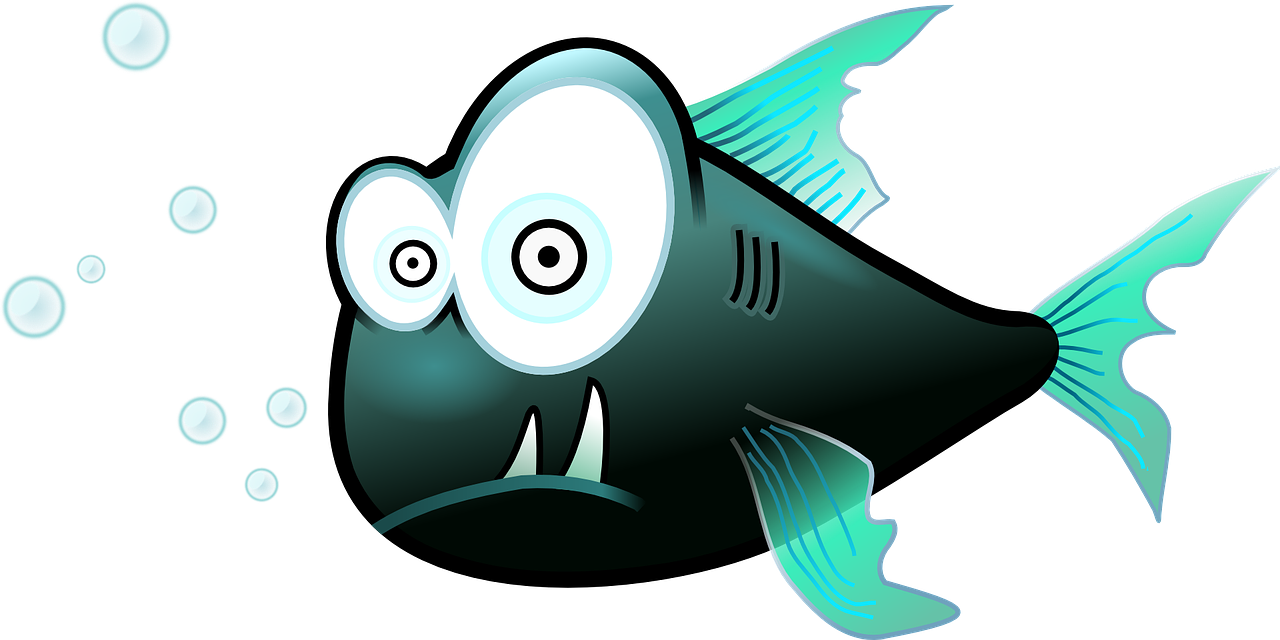Megafauna marina a rischio estinzione
Ormai sempre più specie della fauna marina rischiano l’estinzione e se non si farà presto qualcosa a riguardo, la scomparsa di animali come tartarughe, orsi polari, balenottere azzurre e molti altri potrebbe portare a delle conseguenze ecologiche più gravi di quelle che ci possiamo immaginare, in quanto questi svolgono un ruolo chiave e quasi insostituibile nel nostro ecosistema.
Un terzo delle specie che appartengono alla megafauna marina sono considerate a rischio a causa di diversi fattori, quali l’inquinamento e il riscaldamento globale, tra i principali.
Ma perchè questi animali sono così importanti?
Mangiano organismi più piccoli, aiutando così a regolare le popolazioni di queste specie, trasportano nutrienti attraverso diversi habitat, collegano gli ecosistemi oceanici con le migrazioni e non solo: gli squali, per esempio, assorbono anche il carbonio e forniscono sostanze nutritive in grado di aumentare la quantità di plancton presente negli oceani.
Gli scienziati hanno anche esaminato molti di questi animali marini di grandi dimensioni e sono venuti a conoscenza del fatto che alcuni sono tra le creature più funzionalmente uniche, quindi svolgono funzioni importanti nell’ambiente in cui vivono.
La megafauna marina è in grave pericolo e ovviamente, poiché le conseguenze possono essere molto gravi, dobbiamo rafforzare il nostro impegno per la protezione delle specie in via di estinzione.
Endangered marine megafauna
More and more marine fauna species are now at risk of extinction and if something is not done soon, the disappearance of animals such as turtles, polar bears, blue whales and many others could lead to more serious ecological consequences than we can imagine. , as these play a key and almost irreplaceable role in our ecosystem.
One third of the species belonging to the marine megafauna are considered to be at risk due to several factors, such as pollution and global warming, among the main ones.
But why are these animals so important?
They eat smaller organisms, helping to regulate the populations of these species, transport nutrients through different habitats, connect ocean ecosystems with migrations and more: sharks, for example, also absorb carbon and provide nutrients that can increase the amount of plankton present in the oceans.
Scientists have also examined many of these large marine animals and learned that some are among the most functionally unique creatures, performing important functions in the environment in which they live.
The marine megafauna is in grave danger and of course, as the consequences can be very serious, we need to strengthen our commitment to the protection of endangered species.
Sofia Sabatino
